
Date: 2025-12-25 Page is: DBtxt003.php txt00025678
INDUSTRIAL BLIGHT
DEVELOPMENT POTENTIAL
NYT: Developers envision transforming the former coal plant
on the shore of Lake Erie in Avon Lake, Ohio
DEVELOPMENT POTENTIAL
NYT: Developers envision transforming the former coal plant
on the shore of Lake Erie in Avon Lake, Ohio
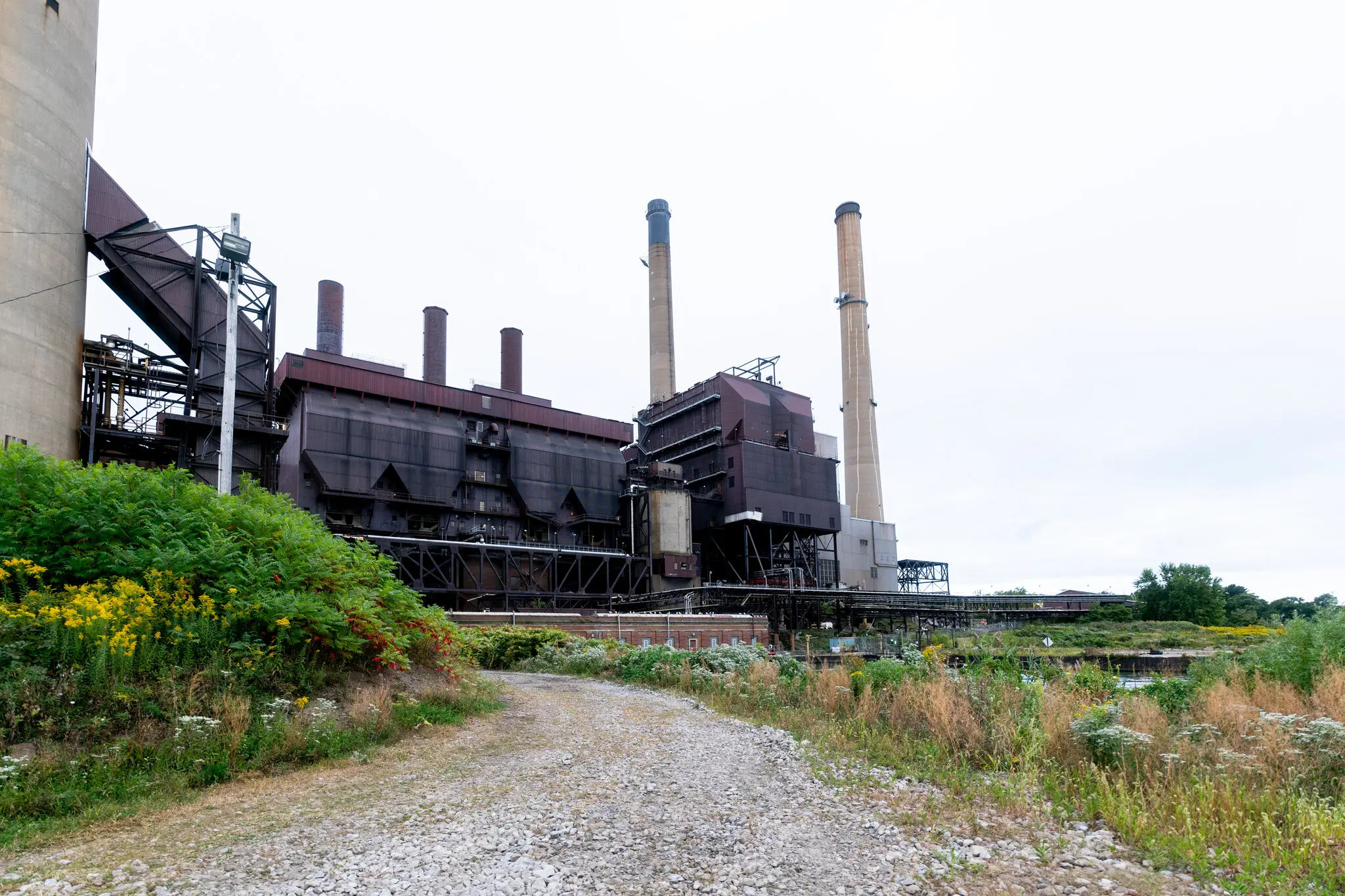
Developers envision transforming the former coal plant on the shore of Lake Erie
in Avon Lake, Ohio, which the Cleveland Electric Illuminating Company opened in
1926 and shut down in 2022. ... Credit: Daniel Lozada for The New York Times
Original article: https://www.nytimes.com/2023/10/17/business/coal-plant-redevelopment.html#commentsContainer
Peter Burgess COMMENTARY
I visited Boston a lot in the 1960s and 1970s. One of my memories was taking a tour of a 'power station' near the center or Boston that was being converted from its original use generating electricity to a multiple condo residence and shops. I remember thinking that a similar redevelopment might work for the Battersea Power Station in London!
It has been said that the three most important characteristics in real estate valuation are 'location, location and location'. Many old power stations are in excellent locations. The problem is that they are very solid structures that are not easy to remove and therefore very costly to redevelop!
Peter Burgess
Developers are combining new strategies with state and federal funds to turn decayed power plants once considered a blemish into potential assets for economic growth.
Written by Patrick Sisson
Oct. 17, 2023
After the Cleveland Electric Illuminating Company flipped the switch on its sprawling new Avon Lake site in 1926, the brick behemoth, then one of the world’s largest coal-fired power plants, helped usher in a new era of regional economic growth in northeastern Ohio.
Nearly a century later, the plant sits dismantled and disconnected. It was shut down in 2022, and just one of its six towering smokestacks remains. But developers envision another transformative project arising at the site, which sits on the shore of Lake Erie, betting that new housing, offices and retail spaces can be a catalyst for the town’s next chapter.
The proposed cleanup and redevelopment of this ossified power plant joins a growing collection of such projects across the nation. The sites were so decayed, community members considered them a blemish. One was so blighted it was used as a shooting location for the dystopian sci-fi movie “12 Monkeys.” Locals refer to another as “the Gates of Hell.”
By tapping into an expanding array of state and federal subsidies and a legal maneuver to shift environmental liability, these projects seek to turn community albatrosses into potential assets for economic growth.
“This is an opportunity for smaller towns to rethink their future,” said Andre Brumfield, the global urban design principal at the architecture firm Gensler whose team formulated the proposed 131-acre site plan. “They don’t always just have to look at these sites as dying industrial liabilities.”
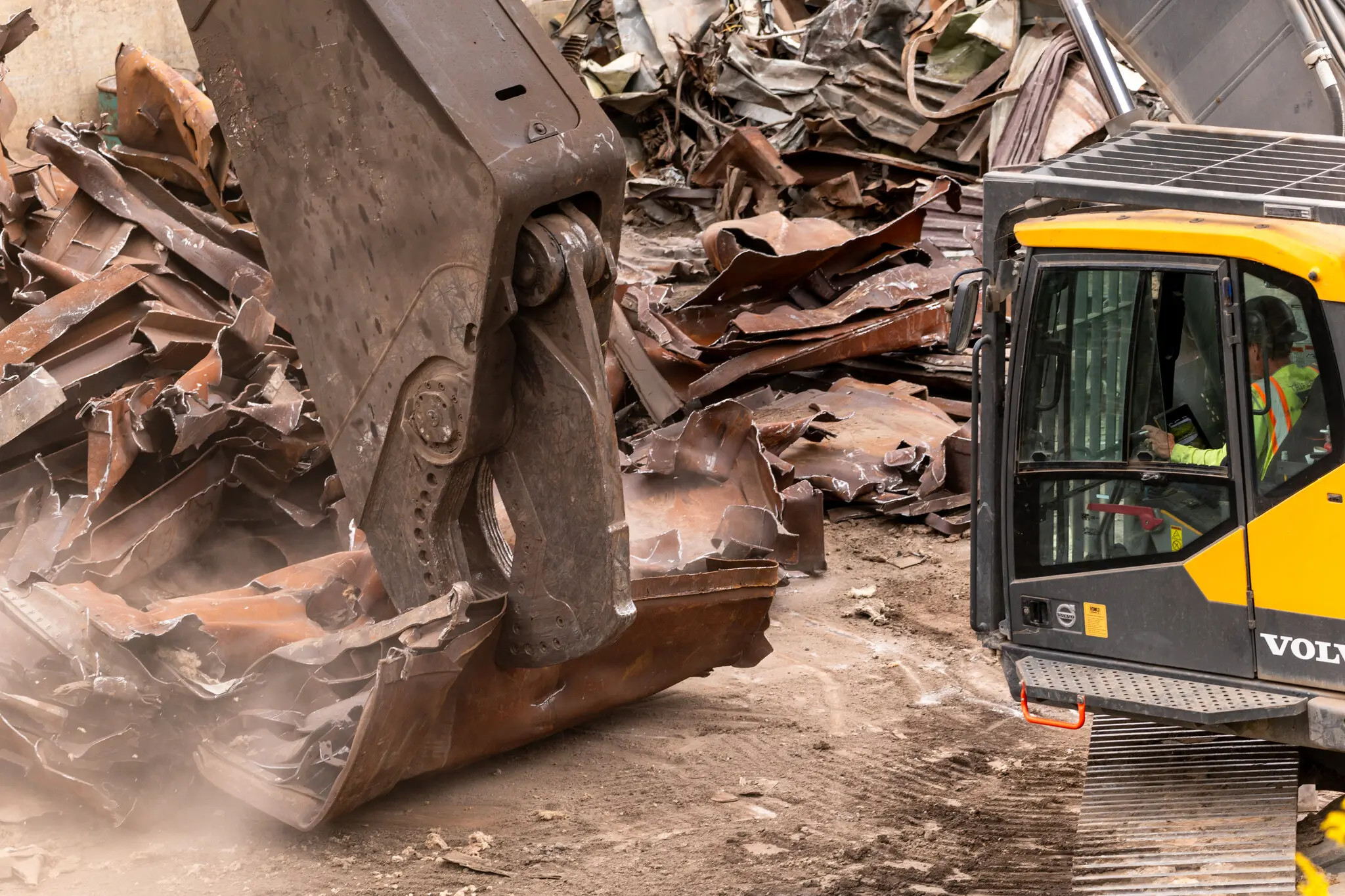
A worker in the cab of a backhoe removing piles of metal scrap. “This is a transformational project for this town,” said Ted Esborn, Avon Lake’s community development director. “That said, it’s been really complicated.”
Credit...Daniel Lozada for The New York Times
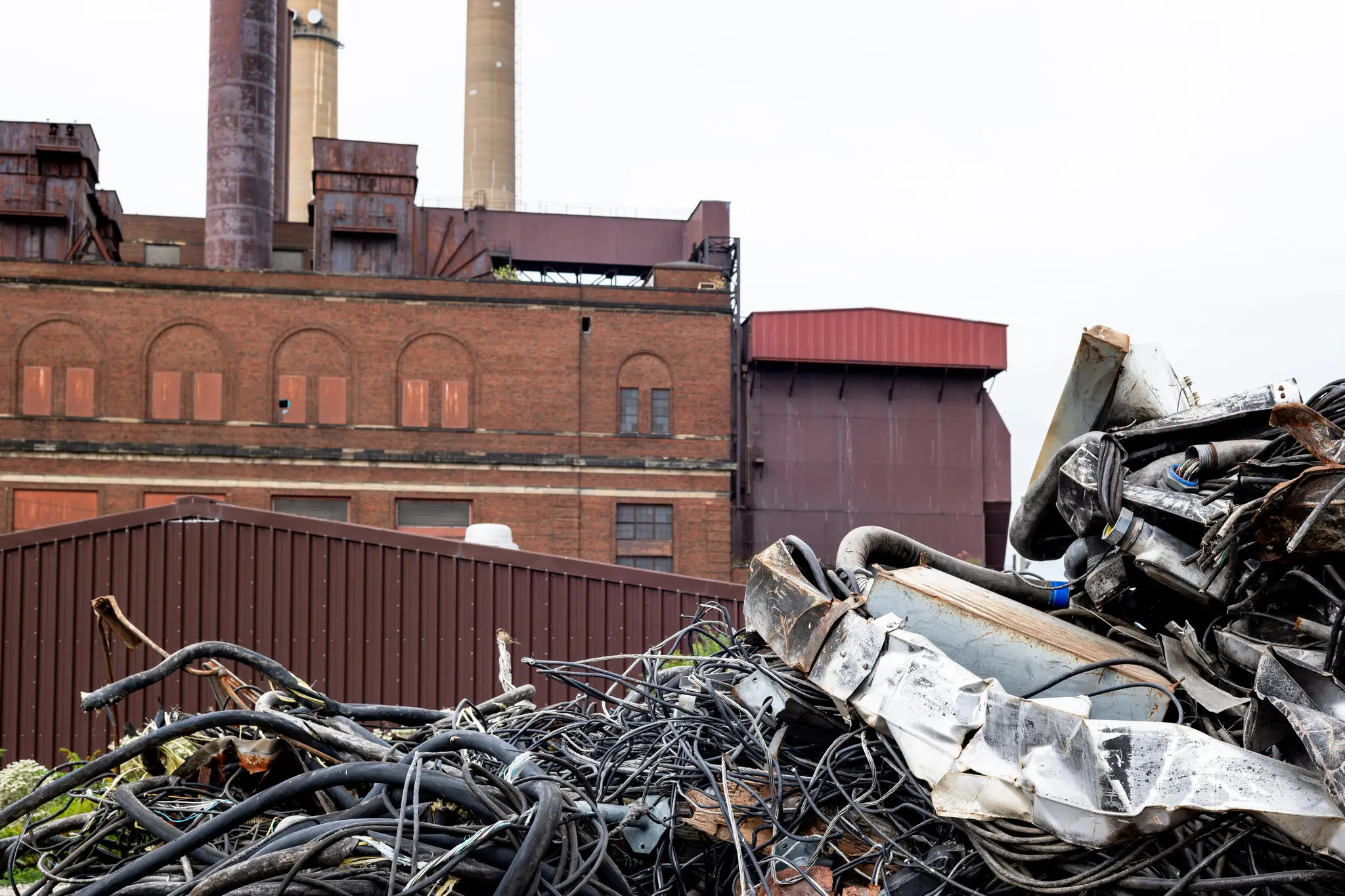
A pile of twisted metal scrap sits in front of a shuttered coal plant. ... Coal plants, which once provided significant tax revenue and jobs, have become expensive liabilities.
Credit...Daniel Lozada for The New York Times
The proposal, which includes 19 acres of parkland, public lakefront access and up to 1,200 homes, is a collaboration among Gensler, the real estate advisory firm Avison Young and Charah Solutions, which specializes in cleaning up former industrial sites and now owns the plant.
Since 2018, Avison Young has been scouting aging power plants that are “uniquely situated to have both great opportunity and big impact,” said Richard P. Shields, the firm’s executive vice president of development. He estimated that 10 percent of the roughly 200 coal plants still in operation nationwide could be turned into mixed-use developments.
The rapid expansion and the increased efficiency of renewable power have sent the coal industry into a collapse. Roughly 20 percent of power generated in the United States comes from coal plants, about half of what their share was in 2011, according to the U.S. Energy Information Administration. These plants, which once provided significant tax revenue and jobs, have become expensive liabilities for hundreds of communities.
Traditionally, redevelopment of a coal plant averaged 27 years, according to a 2014 study by the Delta Institute, an environmental nonprofit group. Utilities would simply mothball them because of the high remediation costs.
But a process called environmental liability transfer, which allows utilities to discharge their responsibilities via structured asset sales, has encouraged owners to part with retired plants. An increasing array of subsidies, including state tax credits; opportunity zones; and a number of benefits from the 2022 Inflation Reduction Act have created opportunities for creative reuse.
The partners at Avon Lake want to seize such an opportunity. While the site is being remediated, they are proposing community-based plans and zoning changes, hoping to prepare the area to sell to a developer by the end of 2025.
“This is a transformational project for this town,” said Ted Esborn, Avon Lake’s community development director. “That said, it’s been really complicated.”
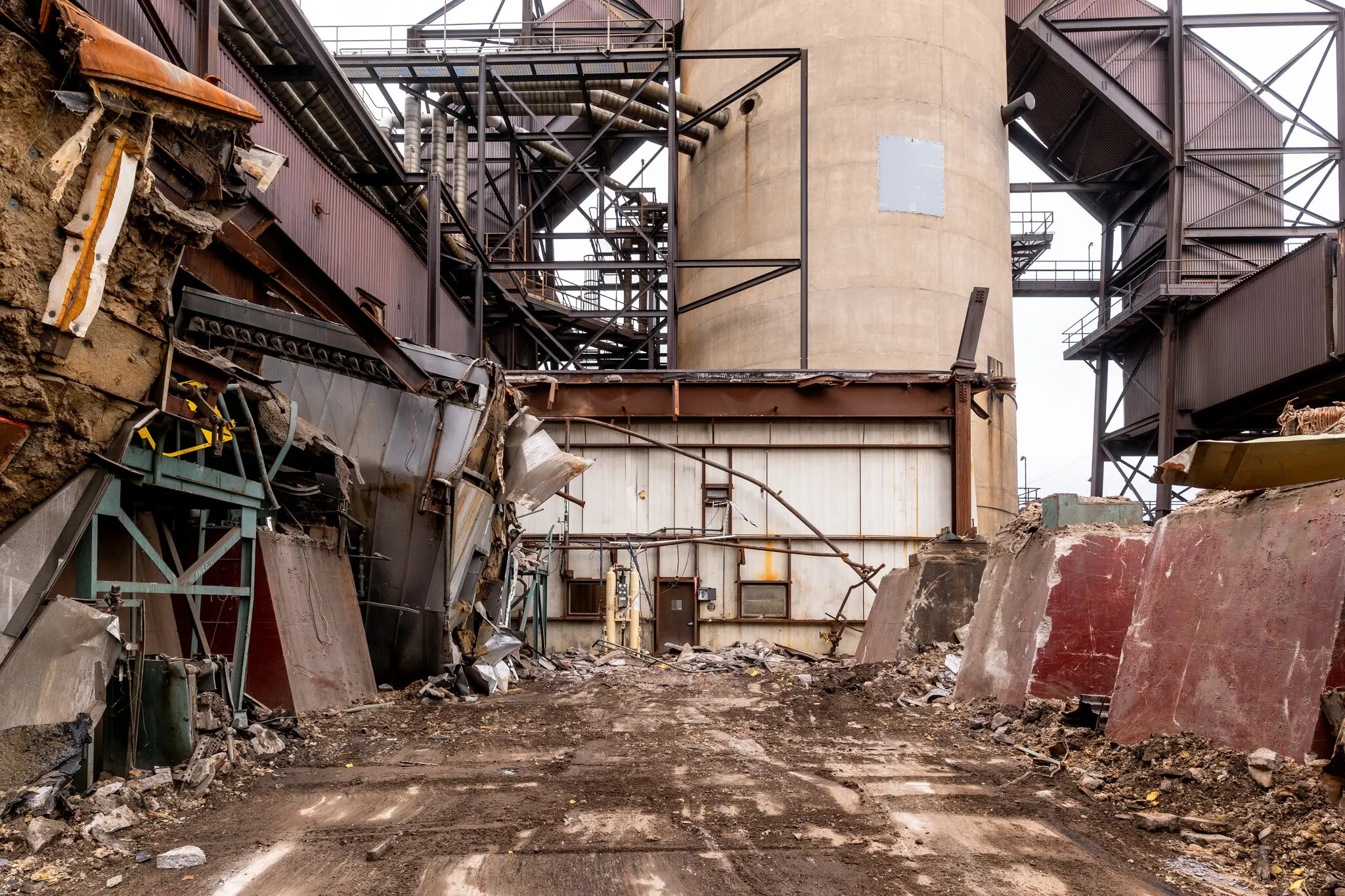
A path cleared for trucks runs through piles of rubble at the coal plant. ...
Workers removed 3,000 tons of asbestos, shipped out 36,000 tons of
unused coal and extracted 140 tons of steel from demolished buildings.
Credit...Daniel Lozada for The New York Times
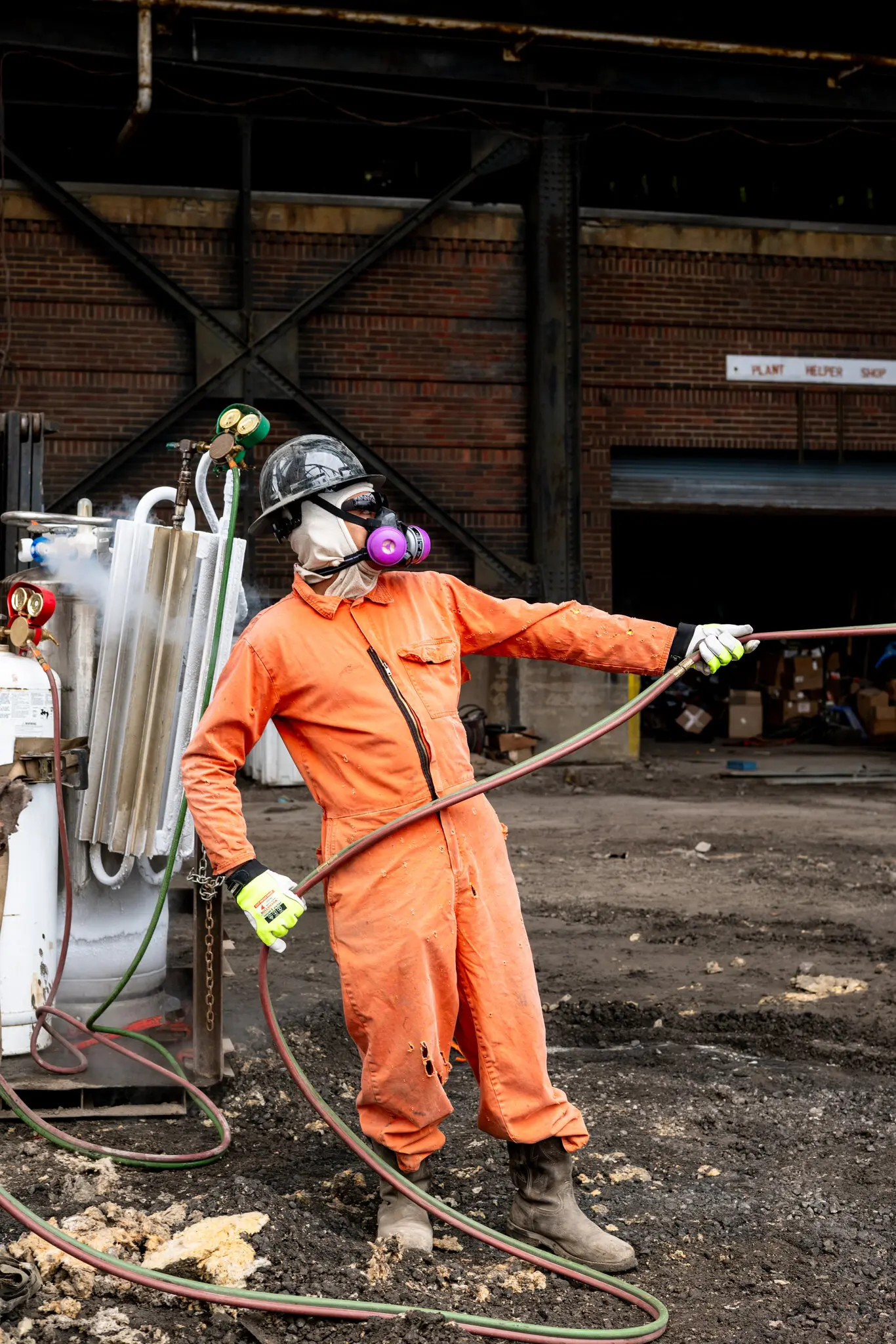 ...
...
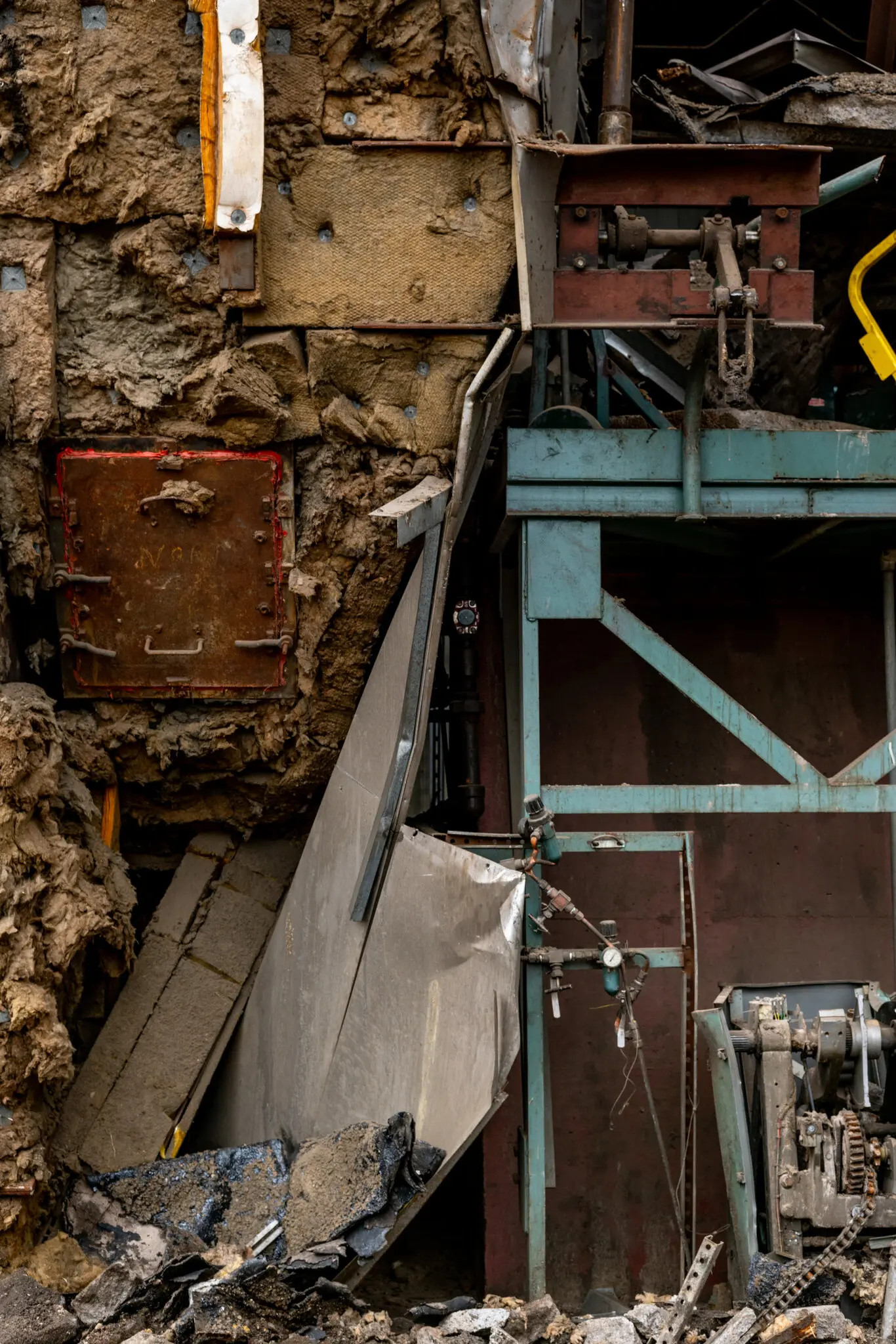
A member of the demolition crew at the plant . . . which has piles of rubble and twisted steel.
Credit: Daniel Lozada for The New York Times
The environmental and physical cleanup challenges are significant. During demolition and rehabilitation of the plant, special teams of workers removed 3,000 tons of asbestos, shipped out 36,000 tons of unused coal and extracted 140 tons of steel from demolished buildings.
Some of the buildings accumulated layers of dust six inches thick that needed special vacuum cleaners for removal. Local residents, who grew up with plant smokestacks in the background of family photos, said a layer of ash often covered their cars when the plant was in operation.
Despite all the trouble, shuttered coal plants tend to be attractive candidates for redevelopment. Because they are connected to the power grid, they can quickly be converted into generation sites for renewable power and battery storage facilities, uses that the Inflation Reduction Act subsidizes. They’re also typically on or near bodies of water, which were a necessary resource for steam-driven power.
Much of the Lake Erie waterfront in and around Avon Lake is privately owned, making the power plant a singular chance to create public access to the water. After its population blossomed in recent decades, Avon Lake is “starved” for lake access, Mr. Esborn said.
The redevelopment of these plants has inspired a number of similar projects. The City of Savannah, Ga., embarked on a eight-year process to remediate its Plant Riverside complex, which led to hundreds of millions of dollars in community investment.
In Philadelphia, a coal plant on the Delaware River reopened this spring as the Battery, an apartment building, hotel space and events venue. The plant, which was a shooting location for “12 Monkeys,” had been an eyesore for decades, said Leonard M. Klehr, vice chairman at the real estate investment manager Lubert-Adler. But by tapping into a tax credit to revitalize its grand Beaux-Arts exterior, Mr. Klehr was able to rescue the fading site.
Lela Goren, a New York developer, has spent the past decade trying to redevelop a long-deteriorated coal plant in Yonkers that locals nicknamed “the Gates of Hell.” After roughly $10 million in cleanup and stabilization costs, the $175 million project is ready to start significant redevelopment, aided by tax credits for electric vehicle chargers and its location in an environmental justice area, a region disproportionately affected by environmental hazards with a significant population of persons of color or those living under the poverty line.
Avison Young and Charah have also teamed up to redevelop the Gibbons Creek Steam Electric Station and Reservoir in southeastern Texas for residential use, and a handful of plants in Michigan have been eyed for recreational transformation into bike paths and parks.
But even as more examples of redevelopment arise, there’s often tension between what works best for communities and what works best for developers, said William Schleizer, chief executive of the Delta Institute.
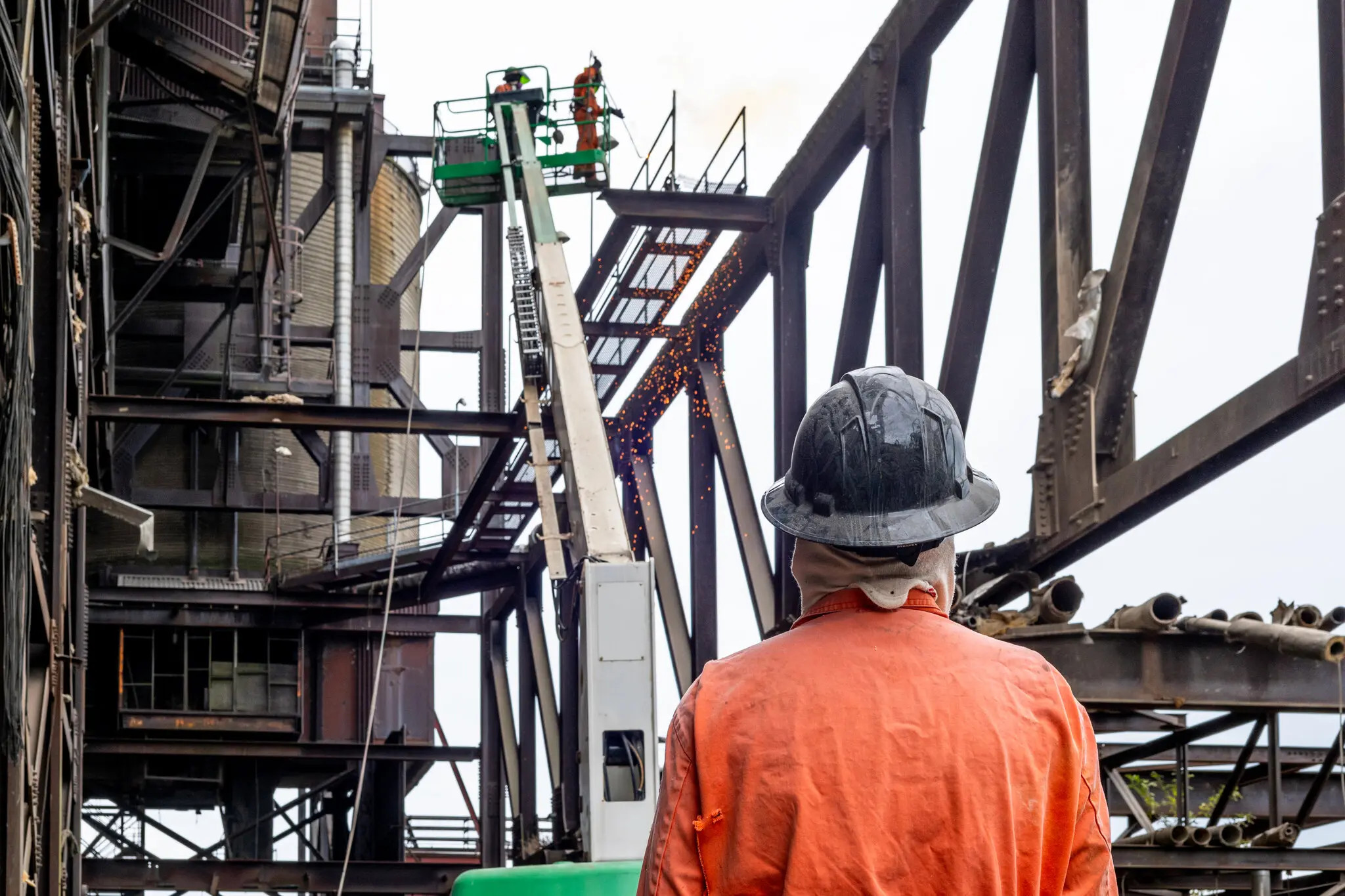
A worker in a safety jacket and a hard hat watches two others high above him on a cherry picker dismantle a metal staircase, showering sparks below. ... Some of the buildings accumulated layers of dust six inches thick that needed special vacuum cleaners for removal. Credit...Daniel Lozada for The New York Times
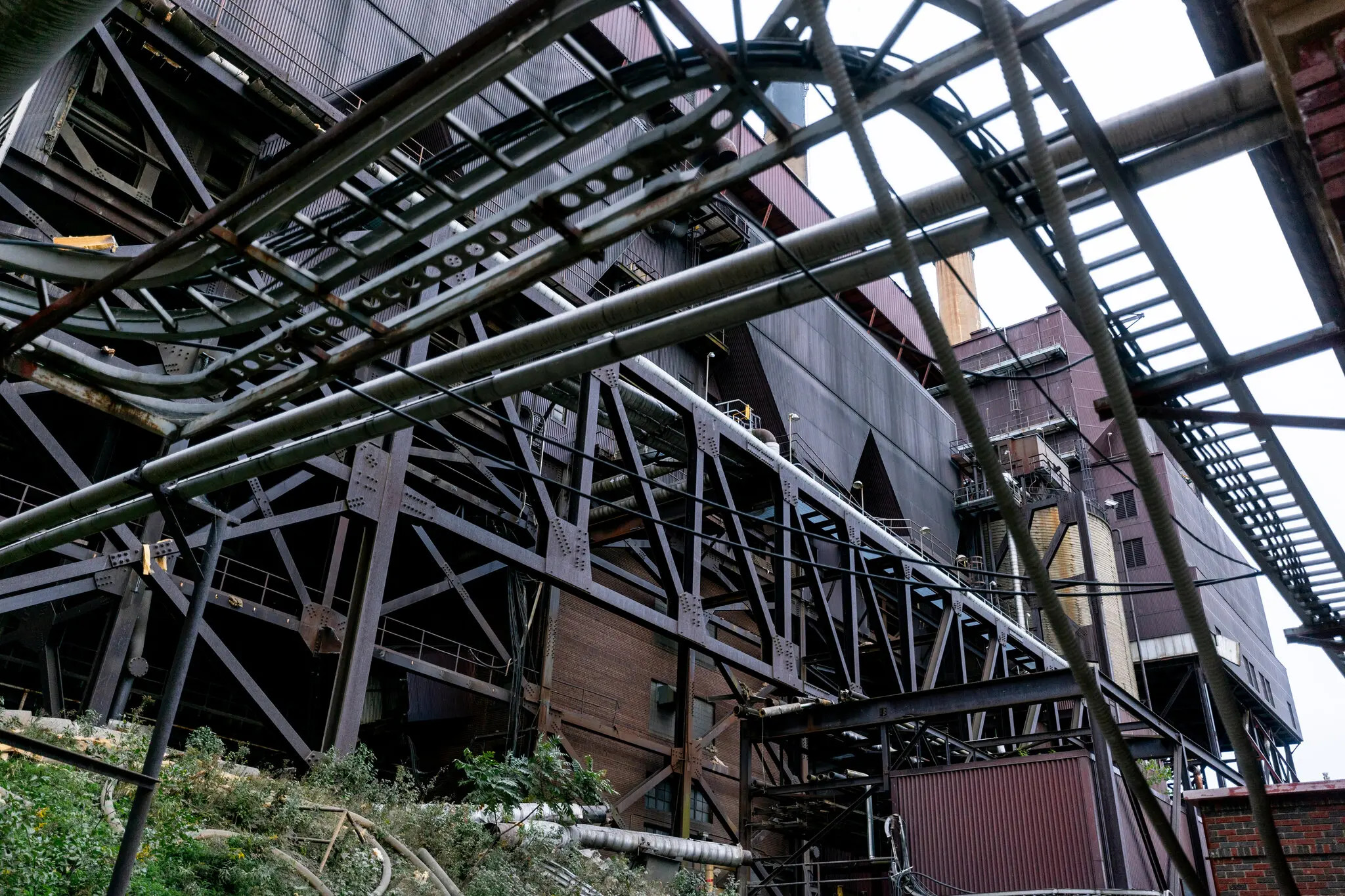
Trails of pipes run around the exterior of the coal plant. ... Redevelopment of the power plant offers a chance to create public access to the Lake Erie waterfront.Credit...Daniel Lozada for The New York Times
In Chicago, for example, the future of a former power plant site in Little Village, a largely Hispanic neighborhood, has been the subject of extensive community action. After years of effort to shut down the plant, local environmental organizations have denounced the lack of transparency as the site is redeveloped; the plant’s botched 2020 demolition covered the neighborhood in dust.
In Avon Lake, questions have been raised about the speed and transparency of the remediation efforts — the plant was notorious for pollution during its prime and was a key contributor to high rates of asthma in the area — as well as the height and density of new housing.
“The community feels that we need more stakeholder involvement,” said Jennifer Fenderbosch, a member of the Avon Lake City Council who favors the redevelopment, in part because of the expected tax windfall that will support schools. “There’s a trust factor, and they need to trust that all of us living here want it to be successful.”
Crews continue remediation and demolition on the plant; over the summer, workers began constructing the base layer of what developers hope will be a bike path. As work progresses, the city and residents will continue to meet to decide a vision for the plant’s future.
“I think there’s still a lot of work that has to be done centering it in the community and what their priorities actually are,” Mr. Schleizer said.